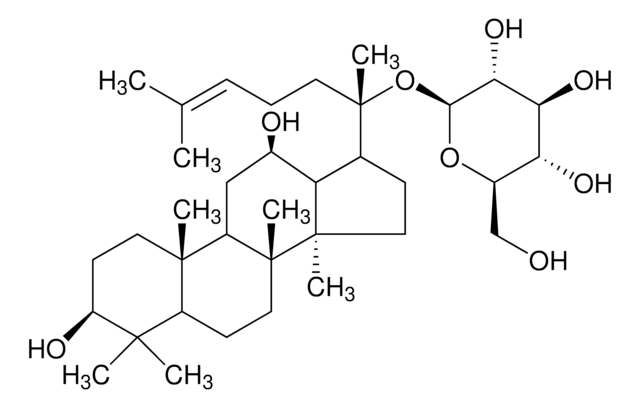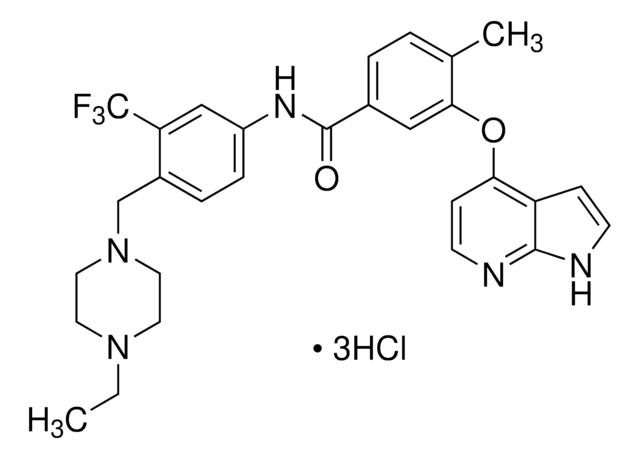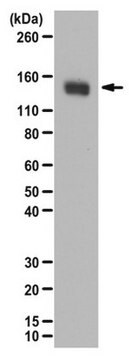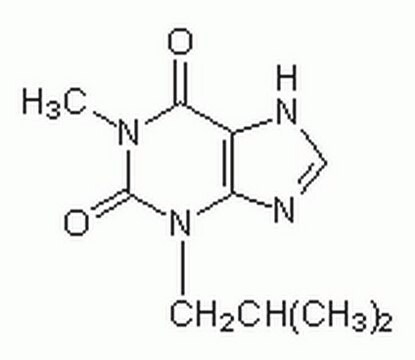ABS45
Anti-phospho-MYPT1 (Thr696) Antibody
from rabbit, purified by affinity chromatography
Synonym(e):
Myosin phosphatase target subunit 1, Myosin phosphatase-targeting subunit 1, Protein phosphatase myosin-binding subunit, myosin phosphatase, target subunit 1, protein phosphatase 1, regulatory (inhibitor) subunit 12
About This Item
Empfohlene Produkte
Biologische Quelle
rabbit
Qualitätsniveau
Antikörperform
affinity isolated antibody
Antikörper-Produkttyp
primary antibodies
Klon
polyclonal
Mol-Gew.
(~130 kDa observed; 115.28 kDa calculated. Uncharacterized bands may be observed in some lysate(s).)
Aufgereinigt durch
affinity chromatography
Speziesreaktivität
human
Speziesreaktivität (Voraussage durch Homologie)
canine (based on 100% sequence homology), rat (based on 100% sequence homology), primate (based on 100% sequence homology), mouse (based on 100% sequence homology), chicken (based on 100% sequence homology), horse (based on 100% sequence homology), Xenopus (based on 100% sequence homology)
Methode(n)
inhibition assay: suitable (Peptide Inhibition Assay)
western blot: suitable
NCBI-Hinterlegungsnummer
UniProt-Hinterlegungsnummer
Versandbedingung
wet ice
Posttranslationale Modifikation Target
phosphorylation (pThr696)
Angaben zum Gen
human ... PPP1R12A(4659)
Allgemeine Beschreibung
Spezifität
Immunogen
Anwendung
Zelluläre Signaltransduktion
Kinasen & Phosphatasen
Qualität
Western Blotting Analysis: 0.1 µg/mL of this antibody was used to detect MYPT1 phosphorylated at Thr696 on 10 µg of Calyculin/Okadaic treated and untreated HEK293 cell lysate.
Zielbeschreibung
Verlinkung
Physikalische Form
Lagerung und Haltbarkeit
Hinweis zur Analyse
Calyculin/Okadaic treated and untreated HEK293 cell lysates
Sonstige Hinweise
Haftungsausschluss
Sie haben nicht das passende Produkt gefunden?
Probieren Sie unser Produkt-Auswahlhilfe. aus.
Lagerklassenschlüssel
12 - Non Combustible Liquids
WGK
WGK 1
Flammpunkt (°F)
Not applicable
Flammpunkt (°C)
Not applicable
Analysenzertifikate (COA)
Suchen Sie nach Analysenzertifikate (COA), indem Sie die Lot-/Chargennummer des Produkts eingeben. Lot- und Chargennummern sind auf dem Produktetikett hinter den Wörtern ‘Lot’ oder ‘Batch’ (Lot oder Charge) zu finden.
Besitzen Sie dieses Produkt bereits?
In der Dokumentenbibliothek finden Sie die Dokumentation zu den Produkten, die Sie kürzlich erworben haben.
Unser Team von Wissenschaftlern verfügt über Erfahrung in allen Forschungsbereichen einschließlich Life Science, Materialwissenschaften, chemischer Synthese, Chromatographie, Analytik und vielen mehr..
Setzen Sie sich mit dem technischen Dienst in Verbindung.







